For most manufacturers, unprecedented spiralling demand for products is the stuff of dreams. But Roy Gandy – owner and founder of celebrated UK turntable manufacturer Rega – isn’t most manufacturers.
In recent years vinyl has been making a surprising comeback. Last year 2.1 million LPs were sold in the UK, marking a 21-year high for the format, while sales in the US now contribute more to the music industry than digital streaming.
Against this backdrop, Rega has enjoyed unprecedented growth: tripling its turnover in the past five years, expanding its Southend production facility, and cementing its status as the UK’s largest manufacturer of high-end turntables.
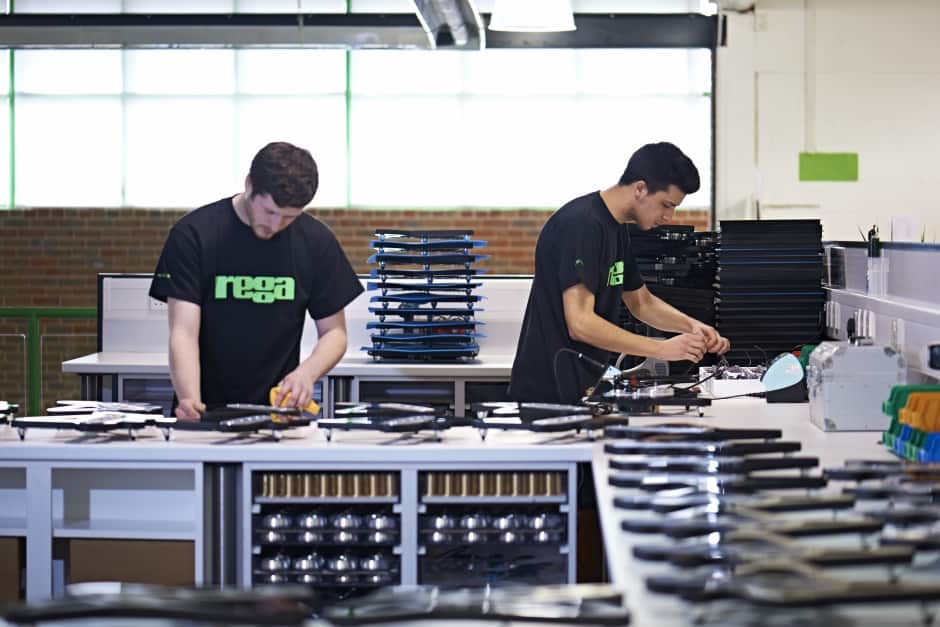
But for Gandy – a revered figure among audiophiles – all this commercial success has become something of a distraction from the business of making better and better turntables for people who appreciate high-quality audio. “We wanted it to be 10 people all enjoying themselves,” he told The Engineer. “It just grew because of demand and you have to meet demand – although we tried not to for a few years.”
On the surface it’s a refreshingly unconventional approach but, in reality, and somewhat ironically given his professed lack of interest in chasing the mass market, Gandy’s relentless engineer’s focus on improving his core product is perhaps one of the main reasons for the company’s success.
A mechanical engineer by training, Gandy began his career working with Ford. But after hard times drove him to build his own hi-fi system from components scavenged from friends, he decided that making turntables was much more fun and, in 1973, launched Rega.
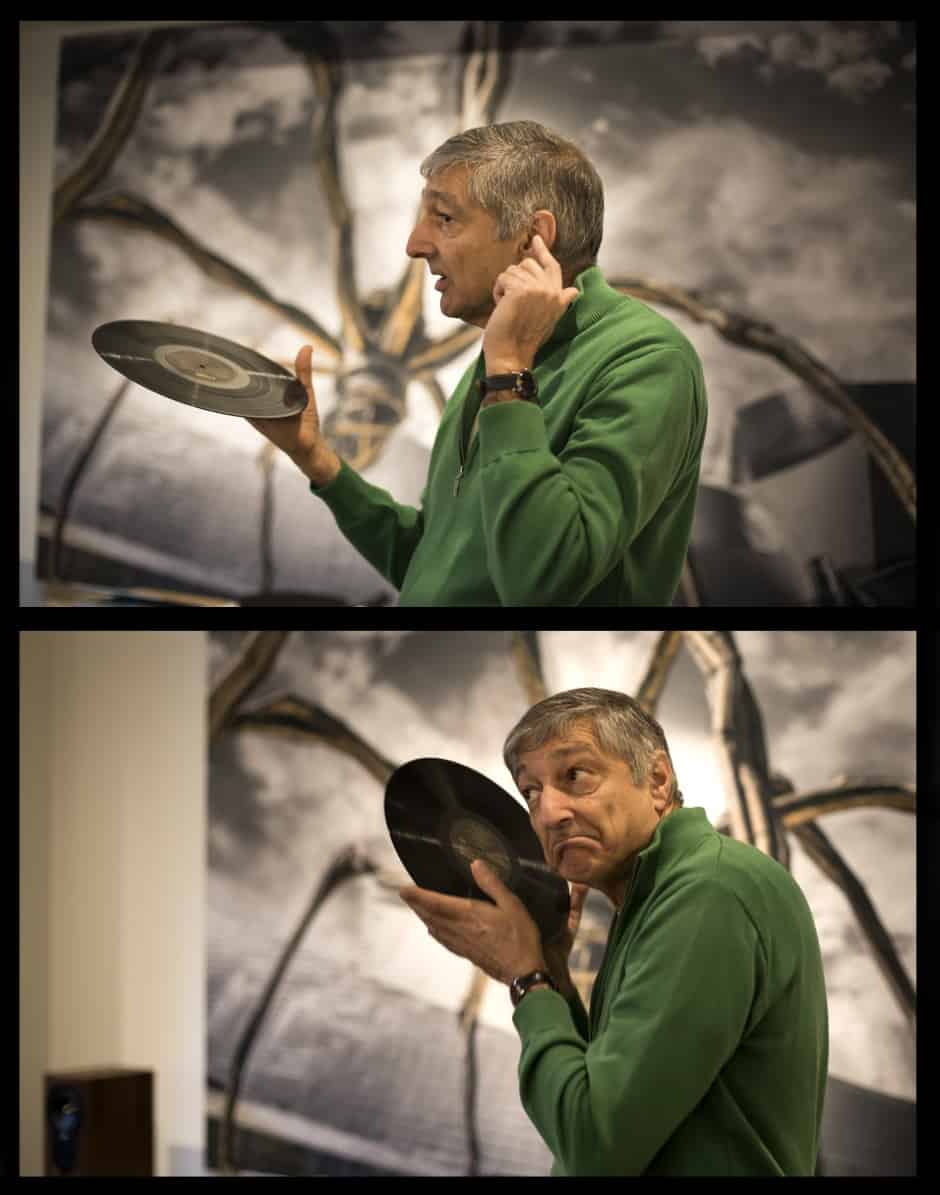
Today, the firm produces around 3,500 turntables per month, employs 120 people, and exports to more than 40 different countries. But the obsessive focus on technical innovation and continuous improvement that’s attracted so many admirers over the years is still very much at the heart of what Rega does.
For Gandy and his team, the record player is a precision measuring device; a finely honed system optimised to track and interpret the microscopic features of a groove on a record as accurately as possible.
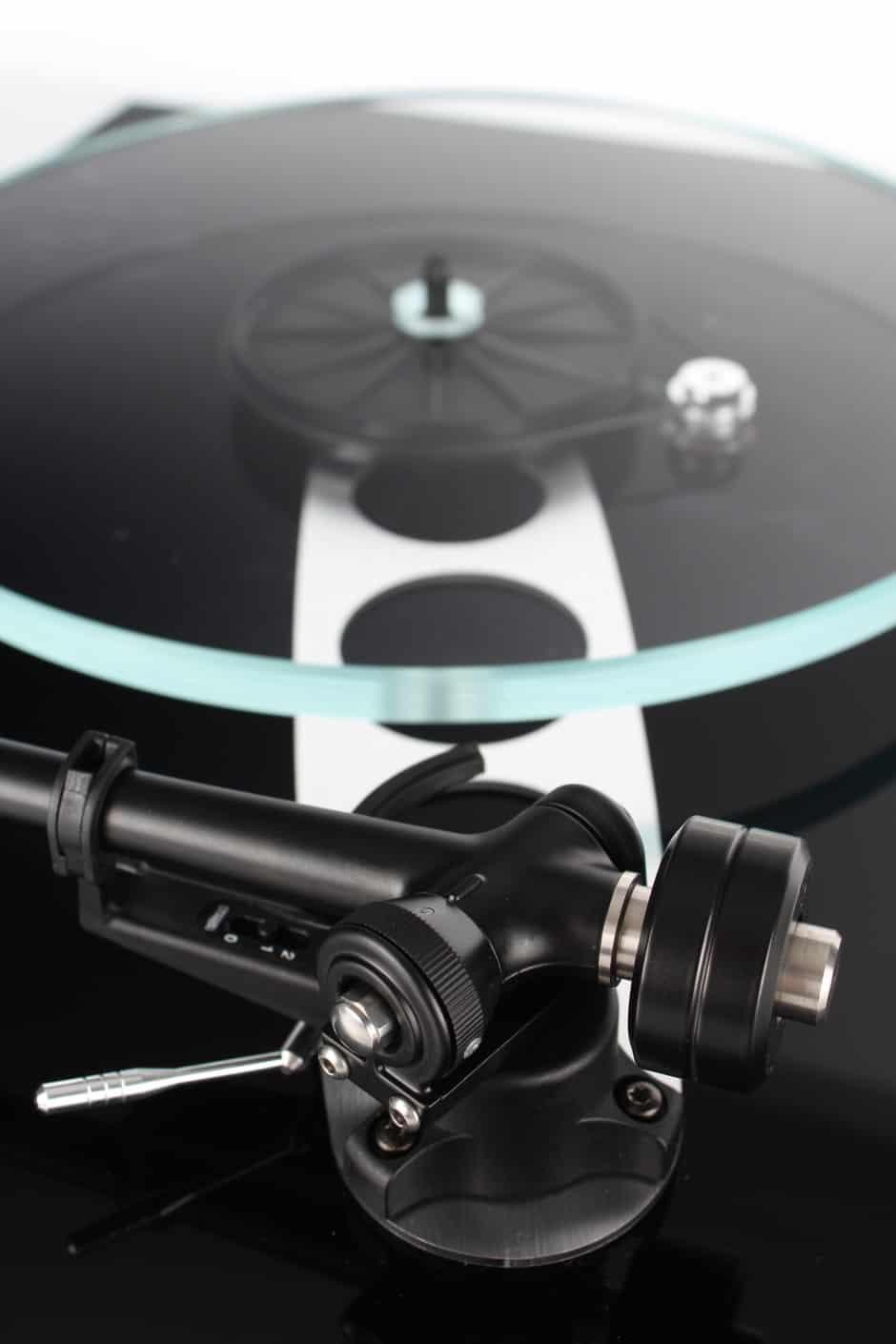
As with many engineered systems, the basics of a record player are relatively simple. Indeed, many of the fundamental principles are unchanged since Edison’s 1877 invention of the phonograph. But, over the last three decades, Gandy and his team have refined almost every aspect of this elegant device.
One of the key areas of development has been in the tone arm, the component that must allow the cartridge (the assembly on which the stylus is mounted) free movement across the record. The challenge here is to minimise any vibrations that could affect the measurement. And Rega’s introduction, in the 1980s, of a single-piece cast-aluminium tone arm was viewed as something of a game-changer in this department.
In recent years, the firm has continued to refine tone-arm performance by almost completely eliminating play in the bearings that allow the arms to move across the record. Most recently, in an effort to reduce the need for bearing lubrication, the firm worked with plastic bearing specialist Igus on the development of a bespoke plastic tone-arm bearing. These so-called xiros bearings are currently used in its two highest-selling turntables.
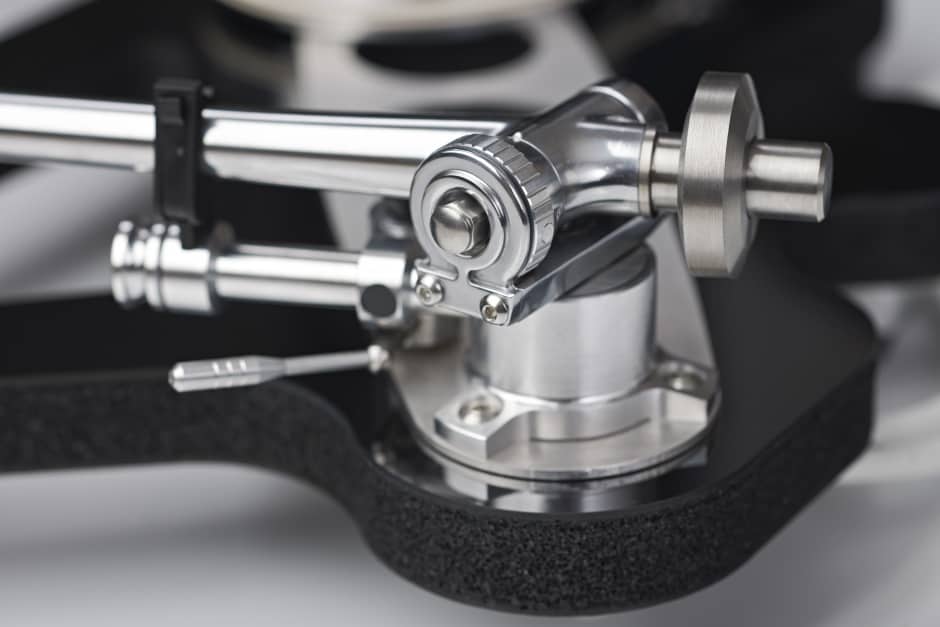
Another area of improvement is the cartridge itself. Thanks to a high-powered neodymium magnet and a meticulously hand-wound coil, Rega’s latest moving coil cartridge, the Apheta 2, is smaller and lighter than its predecessor, enabling it to track the vinyl groove even more accurately.
Gandy is keen to stress that the process of refinement often defies convention. A good example is the design of the plinth, or base. While many competitor systems feature heavy plinths, Rega’s are made from a lightweight plastic foam encased by a phenolic skin. “Most people want granite or something huge, massive and solid,” explained Gandy, “but the heavier it is the more likely it is to transfer noise into the record. The lighter it is the less will get transferred – we’ve used that concept all our lives. Nobody else has.”
However, mass is important in the platter, which must have enough mass to ensure a constant speed but also not so much that it stresses the central bearing. Here, again, Rega’s engineers have devised a clever solution: a precision-engineered platter – available in either glass or ceramic material – which has more mass around its edges, thereby limiting the stress on the central bearing but optimising the desired flywheel effect that helps smooth out any quirks of the motor.
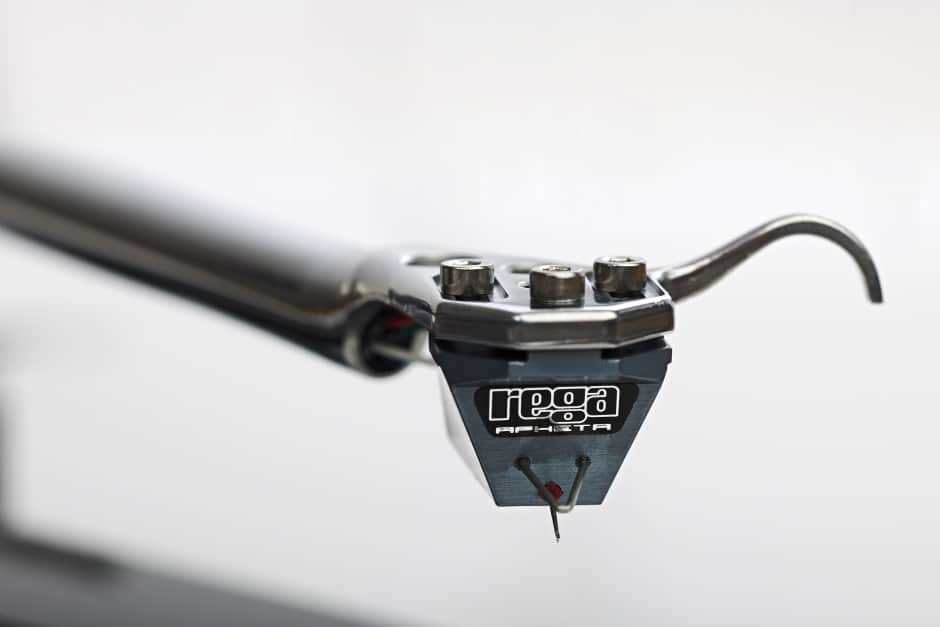
Most of Rega’s suppliers are based in the UK and Gandy clearly takes great delight in uncovering unlikely pockets of expertise. For instance, the glass platters used on some of the firm’s higher-end models are produced by a small family firm in Norfolk that began life making kitchen worktops.
Gandy said he’s found it easier to find these kind of expert suppliers in recent years, and believes there’s something of an engineering renaissance underway in the UK. “In the last 10 years we’ve seen this amazing increase of interest in England in engineering excellence. We used to have tortured souls that we used to force to produce things and their only reason for doing it was to get away from the rest of the world. They used to be really difficult to deal with, but now we’ve got wonderful companies who are always pushing the edge.”
Perhaps surprisingly, far from wanting to fiercely guard all of this hard-won intellectual property Gandy’s keen to spread the knowledge, and is even in the process of writing a book about turntable design. “We’re really happy if someone tries to copy us,” he said. “Part of the reason for writing the book is the hope that we might get some sort of competition, it’s healthy. With turntables I’ve never had anyone to talk to. There are other turntable designers, but if I start trying to talk to them as an engineer they change the subject. I feel lonely!”
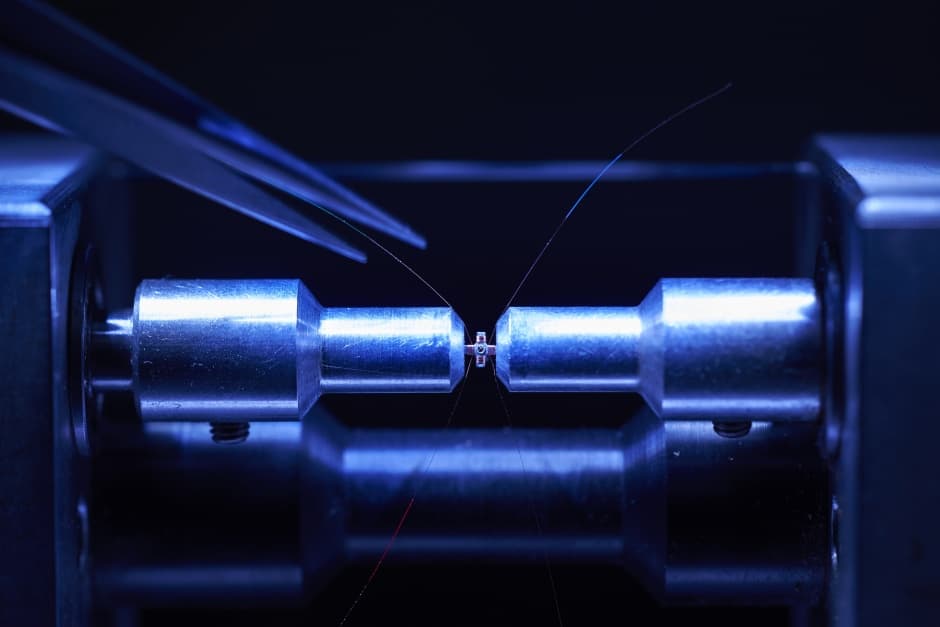
The growth of the vinyl industry has undoubtedly been good for business. But Gandy is nevertheless hopeful that it will prove short-lived: partly because meeting demand is a challenge but also because he believes its current popularity has perhaps more to do with fashion than musical quality.
“For us, the reason for vinyl has always been its optimal sound quality – it has the potential, when care has been taken by the recording engineer, the artist and the pressing company, to produce a level of sound quality that exceeds anything that’s ever happened in the digital domain. However, there are millions of vinyl albums but only thousands of them sound nice. You’ve got a problem of almost every digital recording that’s been done being put onto vinyl because it’s fashionable and, in terms of sound quality, this is a waste of time.”
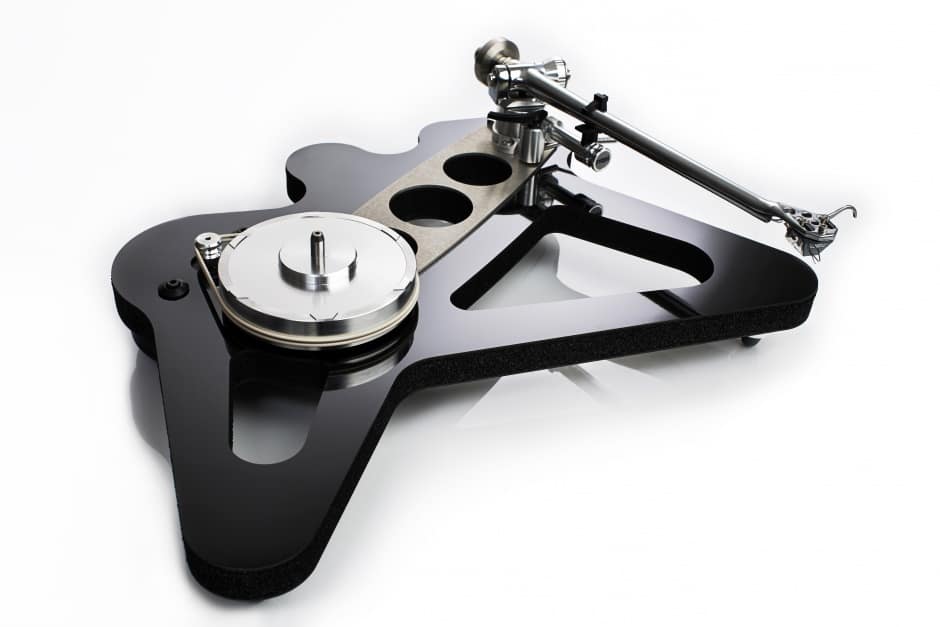
Instead, when looking to the future, he’s far more excited about the opportunities presented by the emerging technologies and materials – he singles out graphene as an example – that could help him continue in his lifelong pursuit of the perfect turntable.
“All our requirements are impossible,” he said, “we need zero vibration from a motor, a plinth needs to have zero mass but infinite stiffness, a bearing needs to have no friction and no vertical movement but be able to run freely – they’re all impossible. But the closer you get to those requirements the more likely you are to achieve your requirements for a turntable.”




Project to investigate hybrid approach to titanium manufacturing
What is this a hybrid of? Superplastic forming tends to be performed slowly as otherwise the behaviour is the hot creep that typifies hot...